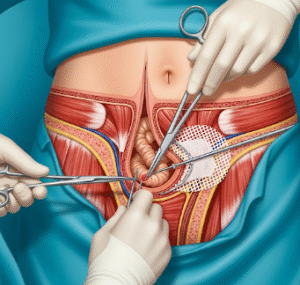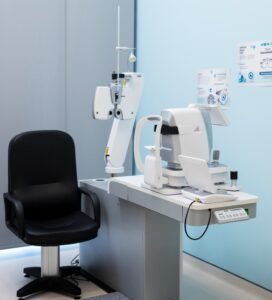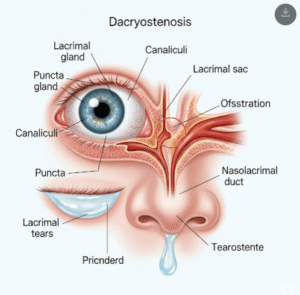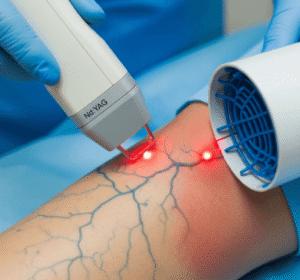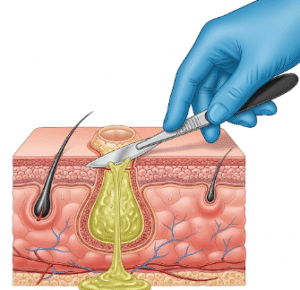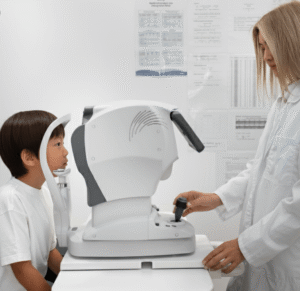Male infertility is increasingly recognized not only as a partner’s issue but as a vital component of reproductive healthcare. In Korea, clinics and research centers are pushing forward innovative diagnostics, surgical techniques, and adjunctive therapies to improve outcomes for men facing fertility challenges. Here’s what expecting patients, couples, and healthcare watchers should know.
Why Korea Is a Hub for Male Infertility Innovation
Korea’s strength in medical technology, integrated healthcare systems, and research funding has enabled the adoption of advanced fertility treatments. Many clinics now offer international patient services, multilingual staff, and streamlined evaluation packages. Korean fertility centers focus on personalized care, tailoring treatments based on each man’s genetic, hormonal, and lifestyle profile.
Common Causes Targeted by New Treatments
Before exploring new therapies, it’s helpful to understand the major causes Korean specialists address:
• Non-obstructive azoospermia (NOA): Severely reduced or absent sperm production.
• Obstructive causes: Blockages in the reproductive tract, such as the vas deferens or ejaculatory ducts.
• Varicocele: Enlarged testicular veins leading to heat stress and oxidative damage.
• Hormonal imbalances: Endocrine disorders affecting sperm development.
• Genetic and chromosomal defects: Including Y-chromosome microdeletions or DNA fragmentation.
• Idiopathic infertility: When no identifiable cause is found, requiring a multi-pronged approach.
Korean clinics are known for combining medical, surgical, and lifestyle-based interventions to address these issues holistically.
Emerging and Advanced Treatments in Korean Clinics
1. Microsurgical Sperm Retrieval (mTESE)
Microsurgical Testicular Sperm Extraction (mTESE) is one of Korea’s most refined sperm retrieval procedures. Using an advanced microscope, surgeons can locate tiny sperm-producing areas in the testes with minimal tissue damage.
Benefits:
• Higher sperm yield even in severe cases.
• Lower risk of complications.
• Compatible with ICSI (intracytoplasmic sperm injection) for fertilization.
This precision-driven technique is now a standard offering in many leading fertility centers.
2. Advanced Genetic and Molecular Diagnostics
Modern Korean clinics are integrating genetic and chromosomal testing to identify hidden causes of male infertility. DNA fragmentation analysis and gene screening can pinpoint abnormalities, allowing targeted treatments or early decision-making in assisted reproduction.
Clinics also use molecular-level diagnostics to understand testicular health, sperm DNA quality, and underlying cellular problems.
3. Adjunctive Treatments: Herbal Medicine and Acupuncture
Traditional Korean medicine complements Western approaches in fertility care. Herbal therapies and acupuncture are used to enhance circulation, reduce inflammation, and improve hormonal balance.
Studies suggest improvements in sperm count and motility for men who integrate herbal support with clinical treatment. While these methods require more scientific validation, many Korean clinics include them as supportive therapies.
4. Robotic and Minimally Invasive Reproductive Surgery
Korean specialists are adopting robot-assisted microsurgery for procedures such as varicocelectomy and duct reconstruction. These techniques reduce pain, improve precision, and shorten recovery times.
Minimally invasive approaches are especially valuable for men needing reproductive tract reconstruction or varicocele correction, both of which are major contributors to male infertility.
5. AI and Automated Sperm Analysis Tools
Artificial intelligence is revolutionizing fertility diagnostics. AI-based sperm analysis tools automatically evaluate motility, morphology, and DNA quality with higher accuracy than manual methods.
Some clinics use machine learning models to select the healthiest sperm for fertilization, improving success rates in IVF and ICSI. AI also enhances lab efficiency and reduces human error in sperm evaluation.
6. Fine Needle Aspiration (FNA) Mapping
FNA mapping is a minimally invasive diagnostic technique that identifies sperm-producing regions in the testes without open surgery. It’s especially useful for patients with non-obstructive azoospermia, guiding surgeons to the most promising areas for retrieval.
This mapping procedure helps reduce unnecessary surgeries while increasing the success rate of sperm extraction.
How Korean Clinics Structure Treatment Pathways
Most leading clinics follow a step-by-step, personalized process to ensure the best outcomes:
- Comprehensive evaluation: Semen analysis, hormone testing, imaging, and DNA testing.
- Lifestyle modification: Nutritional guidance, stress management, and antioxidant therapy.
- Surgical correction: Varicocelectomy, obstruction repair, or sperm retrieval if necessary.
- Assisted reproduction: Techniques like ICSI, IMSI, or IVF using retrieved sperm.
- Supportive therapy: Counseling, herbal medicine, and ongoing monitoring.
Hospitals such as CHA Fertility Center, Asan Medical Center, and Seoul National University Hospital are recognized for their integrative, high-precision fertility programs that merge surgery, genetics, and personalized medicine.
What Patients Should Ask Before Treatment
Couples and individuals exploring male infertility treatment should consider key questions before choosing a clinic:
• What is the clinic’s success rate for cases like mine?
• Does the clinic offer mTESE, FNA mapping, or DNA fragmentation testing?
• How are treatments tailored to my specific diagnosis?
• Are there minimally invasive or robotic surgery options?
• What kind of post-procedure support and counseling are provided?
• Is AI-based sperm selection available for IVF or ICSI procedures?
Informed discussions with specialists can help identify the safest and most effective treatment strategy.
Limitations and Ongoing Challenges
Despite these breakthroughs, some limitations remain:
• Unexplained infertility: Many men still face challenges when no specific cause can be found.
• Surgical risks: Procedures, even minimally invasive ones, carry potential complications.
• Variable results: Complementary treatments like herbal medicine may yield different outcomes.
• High costs: Advanced surgeries and genetic testing can be expensive, though subsidies are improving.
• Emotional stress: Infertility remains a psychological burden, requiring ongoing support.
Korean fertility clinics are addressing these issues through improved counseling and expanded insurance options.
Future Directions in Male Fertility Research
Korean researchers are exploring cutting-edge possibilities that could redefine male fertility care:
• Stem cell therapy: Developing regenerative approaches to restore sperm production.
• Gene editing and epigenetic therapy: Correcting genetic abnormalities responsible for infertility.
• Cryopreservation advances: Enhancing sperm and tissue freezing techniques for fertility preservation.
• AI-driven predictive models: Helping doctors forecast treatment outcomes and tailor plans accordingly.
These innovations could offer hope for men once considered untreatable.
Final Thoughts
Korea’s fertility centers are leading a quiet revolution in male reproductive medicine. Through a combination of precision surgery, genetic insight, AI diagnostics, and holistic care, these clinics are transforming once-limited treatment options into promising pathways to parenthood.




